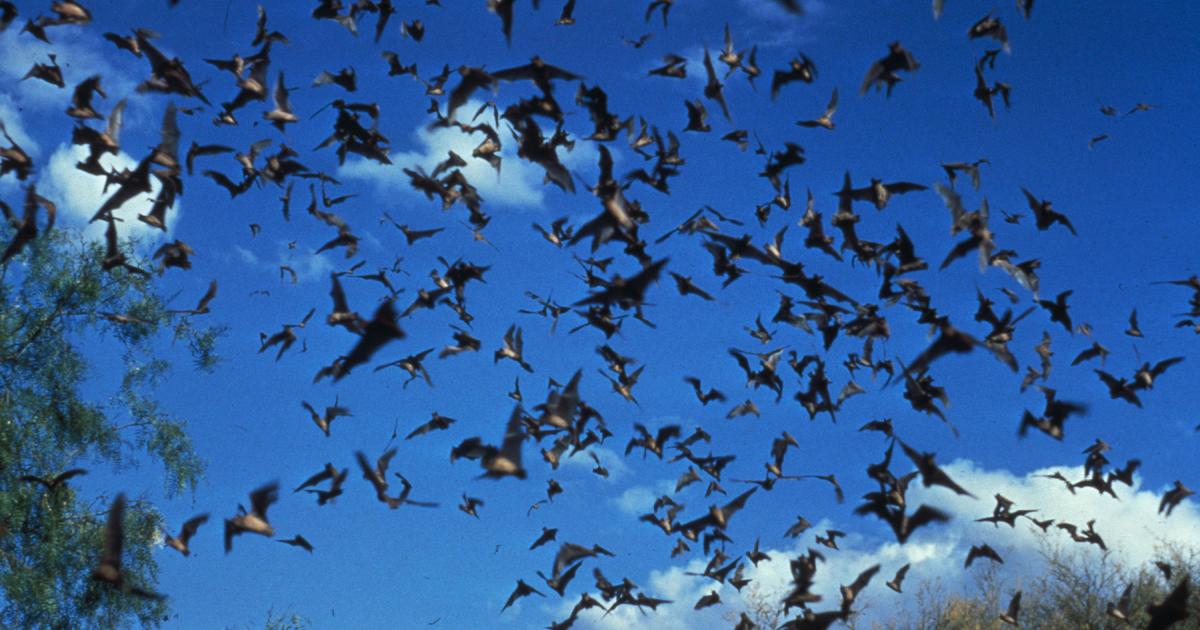Rabies is a deadly viral infection that attacks the nervous system, causing inflammation of the brain and spinal cord. It is primarily transmitted through the saliva of an infected animal via bites or scratches. This devastating disease has recently claimed the life of a child in Canada, highlighting the crucial need for increased awareness and preventative measures. This tragic event, the first domestically acquired case of human rabies in Ontario since 1967, underscores the potential dangers of seemingly minor animal encounters and the importance of swift medical intervention.
Understanding Rabies Transmission and Symptoms
Transmission Vectors
Rabies is a zoonotic disease, meaning it can spread between animals and humans. While bats are a significant source of rabies transmission in many regions, including Canada, other animals such as raccoons, foxes, skunks, and even some household pets can also carry the virus. The most common mode of transmission is through a bite from an infected animal, allowing the virus to enter the bloodstream through the wound. However, exposure can also occur through scratches or contact with saliva from an infected animal, especially if the skin is broken. The case in Canada emphasizes that even seemingly minor contact with a bat, without obvious bites or scratches, can result in infection. The small teeth of bats can cause imperceptible injuries, making it critical to seek medical attention if a bat is found in close proximity.
Recognizing the Early Signs
Early symptoms of rabies can mimic the flu, often leading to delayed diagnosis. This initial stage, known as the prodrome phase, may involve general malaise, weakness, fever, headaches, and discomfort or itching near the site of exposure. These symptoms can persist for several days before progressing to more severe neurological manifestations, including neurological symptoms, confusion, hallucinations, and ultimately paralysis and death. Early detection and prompt treatment are crucial for survival. The delay in seeking medical attention in the Canadian case tragically highlighted the potential for fatal consequences.
Prevention and Treatment of Rabies
Post-Exposure Prophylaxis (PEP)
The good news is that rabies is almost entirely preventable if appropriate measures are taken after exposure. Post-Exposure Prophylaxis (PEP) involves a series of rabies vaccine injections and sometimes rabies immune globulin. PEP is highly effective at preventing the disease if administered before symptoms appear, which is precisely why seeking medical attention immediately after potential exposure is paramount. This should include a thorough washing of the affected area with soap and water for at least 15 minutes. It is crucial to emphasize that while PEP is nearly 100% effective in preventing disease if given before symptoms, it is ineffective once symptoms have begun.
Avoiding Contact with Wildlife
Preventing rabies involves minimizing contact with wildlife, particularly wild animals that are known vectors for rabies. Education is vital: people should avoid feeding wild animals or attempting to handle them, even if they appear docile. Parents should be vigilant to keep children aware of this. If you discover a bat in your home or find a wild animal behaving strangely (unusually docile, aggressive, disoriented), avoid contact and immediately contact your local health authority. Even finding a bat in a room where a child has been sleeping should be treated as a potential exposure risk. The tragic Canadian case proves that the immediate application of precautionary procedures can determine whether rabies takes hold. Bats may sometimes even venture into homes or be found in a child’s bed without obvious scratches or bites which underscores the significance of being extra vigilant.
Public Health Response and Ongoing Concerns
The Role of Public Health Authorities
Public health agencies play a vital role in rabies prevention and control, which includes public education initiatives to increase awareness and appropriate response guidelines if exposure is suspected. Prompt and thorough investigations of reported cases, such as the one in Canada, are critical in identifying sources of infection and implementing measures to prevent further cases. Furthermore, continued monitoring and surveillance of wildlife populations helps to track rabies prevalence. Unfortunately, in this case, the child did not receive any vaccination, and by the time that medical intervention began, the disease was beyond medical intervention.
Future Prevention Strategies
In light of this tragic event, reviewing existing public health measures for preventing and managing rabies is of paramount importance. Considering educational campaigns targeted toward children and parents, reinforcing safe practices around handling animals, especially bats, should be explored. Public education concerning potential rabies exposure and the availability of and benefits of post-exposure prophylaxis (PEP) can significantly impact reducing rabies incidences. Early and consistent efforts must be emphasized at all levels to curtail the risk of preventable rabies. The high fatality rate associated with rabies dictates that all possible preventative measures must be undertaken to minimize the risk and outcome. Enhanced bat control measures are other strategies worth exploring.
Take Away Points:
- Rabies is a deadly but preventable disease.
- Prompt medical attention after potential exposure is critical.
- Post-exposure prophylaxis (PEP) is highly effective if administered before symptoms appear.
- Avoid contact with wild animals.
- Public health education is vital for rabies prevention.
- Early detection of any symptoms resembling the flu following a possible animal encounter should immediately prompt seeking medical attention.




